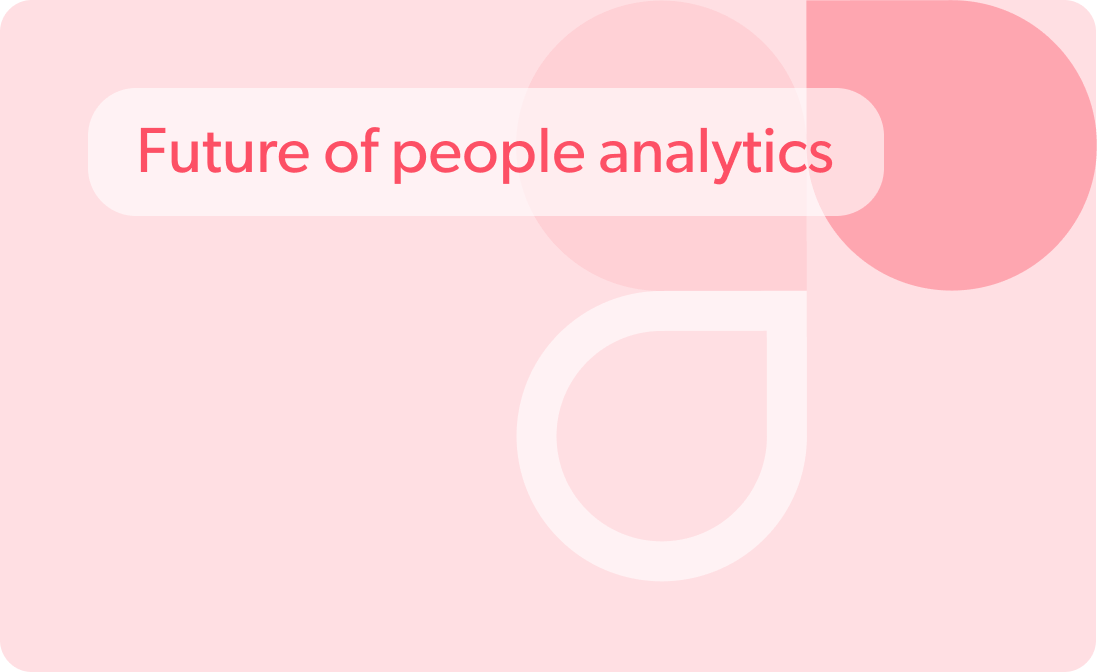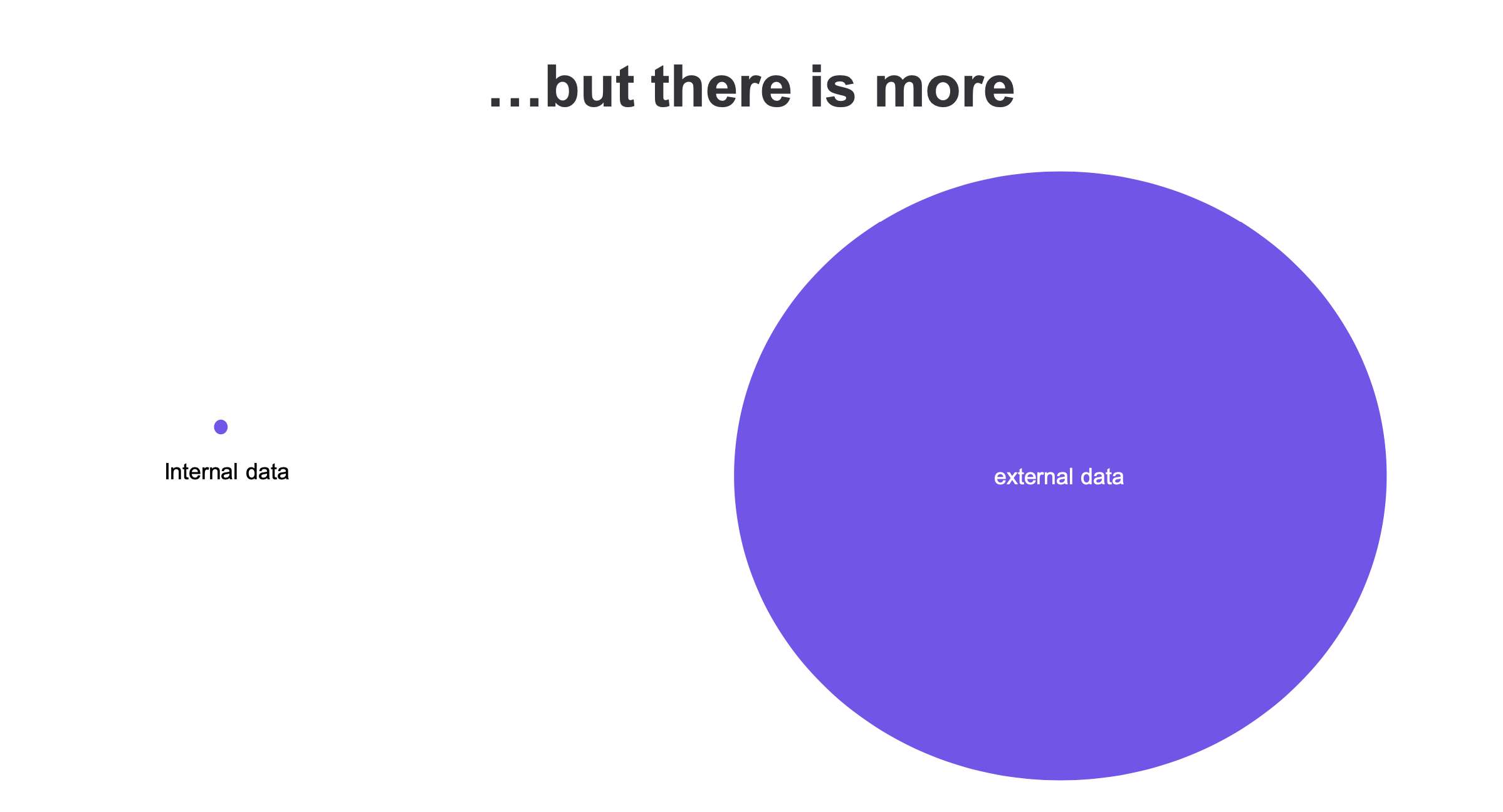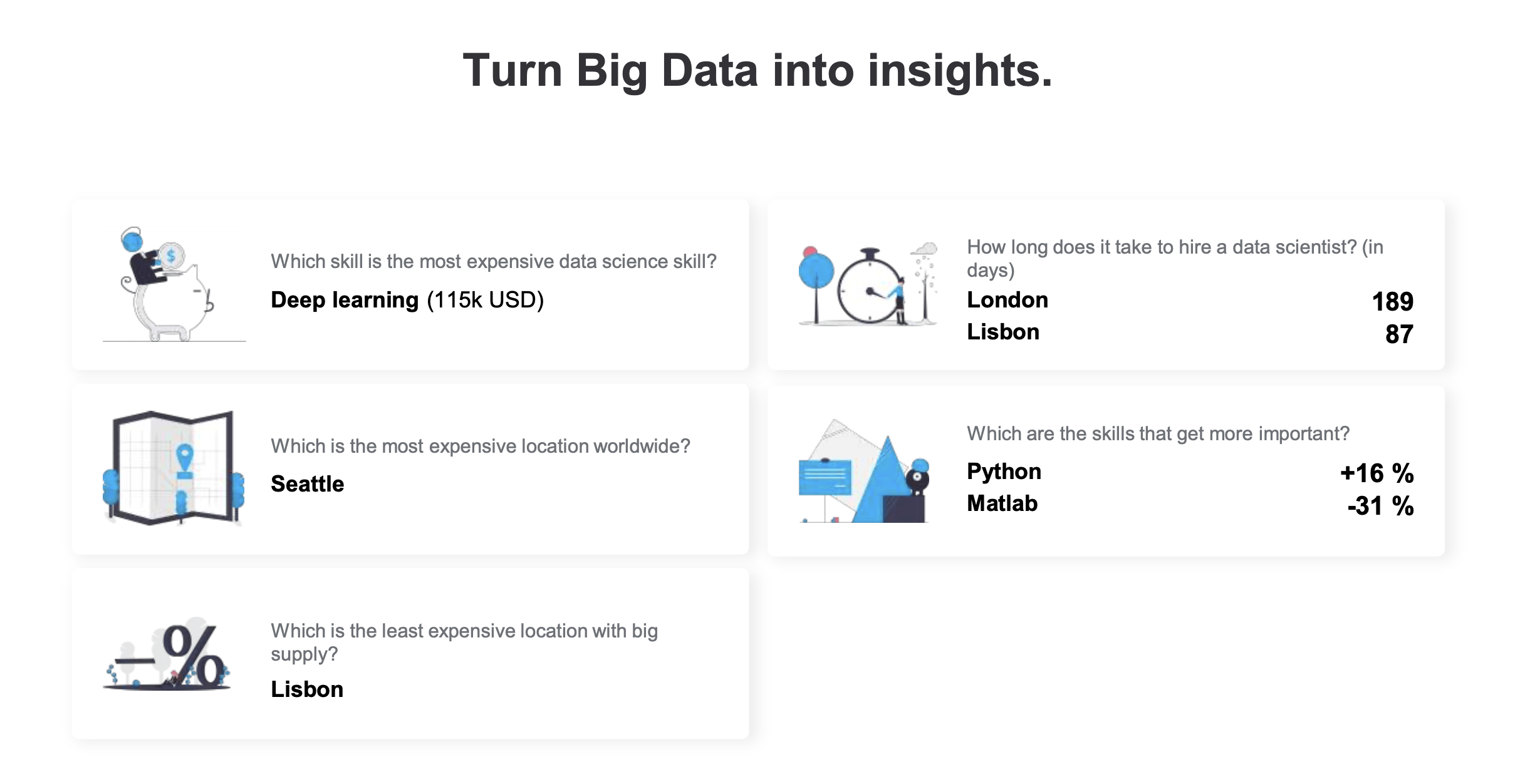Key takeaways from the workshop: Data-driven HR through market data insights
Table of contents
HR professionals grapple with many challenges in the ever-changing landscape of the modern business world. The profound impact of digitalization has disrupted industries that once remained stable for decades, from automotive to insurance. These shifts have forced HR departments to pivot, sourcing talent, adapting to new roles, and navigating the ever-evolving skill demands in the job market. To meet these challenges head-on, HR increasingly turns to data-driven strategies, known as people analytics, to make informed decisions and stay competitive.
The October 17 workshop featured presentations from Florian Fleischmann, CEO and co-founder of HRForecast. Florian Fleischmann shares insights on how organizations are reshaping their workforce planning and talent acquisition strategies to excel in today’s competitive business landscape. He also shared some use cases on how traditional job profiling and talent acquisition methods are becoming outdated, leading companies to embrace innovative approaches grounded in real market data. Below, we summarize the key takeaways that were voiced at the workshop in more detail.
The limitation of internal data
Traditionally, when companies consider using data to inform their HR decisions, they often focus on internal sources. Some may also consider data from training and recruiting systems. However, while valuable, these internal data sources provide only a limited view of the broader job market. They represent a small drop in the vast ocean of external data that can be harnessed to gain a competitive edge in HR.
Source: HRForecast
Harnessing external data
HR professionals are turning to external data sources to supplement their decision-making processes to address this limitation. One example is the collection of job postings from various sources worldwide.
By collecting and analyzing these postings, HR can gain insights into the skills demanded by specific roles and even salary information for different locations.
Use of the algorithms to identify trends
By applying advanced algorithms to this external data, HR can identify emerging trends in the job market. For instance, they can determine which skills are highly demanded for specific roles and regions. This information becomes invaluable for crafting competitive compensation packages and tailoring recruitment strategies to attract the right talent.
Location-based insights
External data can also provide location-specific insights. HR managers can identify areas where specific roles command higher salaries or where the talent competition is less intense. This data allows organizations to decide where to establish new hubs or factories based on talent availability and cost considerations. Florian demonstrated how location-specific data can help recruiters make informed choices. He compared hiring data in Seattle, London, Bavaria, and Switzerland, providing insights into time-to-hire, salaries, and market conditions.
Adapting to changing skill sets
One of the most significant advantages of external data is its ability to help HR anticipate shifts in skill requirements. By analyzing data over time, HR can identify skills that are becoming obsolete and on the rise. This information informs talent development strategies, ensuring the workforce stays ahead of industry trends.
Source: HRForecast
Building job architectures
Beyond HR-specific applications, external data provides valuable business intelligence, allowing professionals to monitor competitors’ talent acquisition strategies, technological investments, and market trends. This proactive approach keeps organizations ahead of the curve in a highly competitive environment.
One area where external data proves exceptionally beneficial is in the development of job architectures. Traditionally, creating job structures and skill matrices was a time-consuming, manual process. However, external data can streamline this by suggesting skills based on market demand, ensuring that job architectures remain up-to-date and aligned with industry trends.
The real impact of leveraging market data becomes evident when examining real-world examples. One organization shifted its strategy towards using real market data, drastically reducing the time and resources required to build job profiles. What used to take years now takes a mere five weeks with just two resources. This transition allowed the company to make data-backed decisions, aligning its workforce with the ever-changing job market demands.
Skills profiling is another crucial aspect of workforce planning. With market data, organizations can create comprehensive profiles of skills required for different roles. These profiles can be continually updated to address the challenge of keeping skills relevant in a fast-changing job market. The organization described how they regenerate profiles monthly and provide recommendations whenever there are changes in skill requirements, ensuring their talent pool remains up to date.
Understanding shifts in the demand for specific roles is paramount in today’s workforce planning. For example, there has been a decrease in demand for data scientists due to AI’s professionalization and data science integration into industrialized software. This shift in demand has led to decreased time to hire data scientists and changes in the skills expected from them.
Market data can also enhance internal workforce development efforts. By combining external market data with internal skill data, organizations can assess the ROI of training initiatives and determine if their workforce has the skills needed to remain competitive.
Wrapping up
Market data offers a transformative approach, enabling organizations to build future-oriented job profiles, stay updated with changing skill requirements, and make informed decisions about talent acquisition and development. As this conversation highlights, market data isn’t just a tool; it’s a game-changer for those seeking to build a workforce ready for tomorrow’s challenges.
Stay up to date with our newsletter
Every month, we’ll send you a curated newsletter with our updates and the latest industry news.




























 info@hrforecast.de
info@hrforecast.de
 +49 89 215384810
+49 89 215384810






